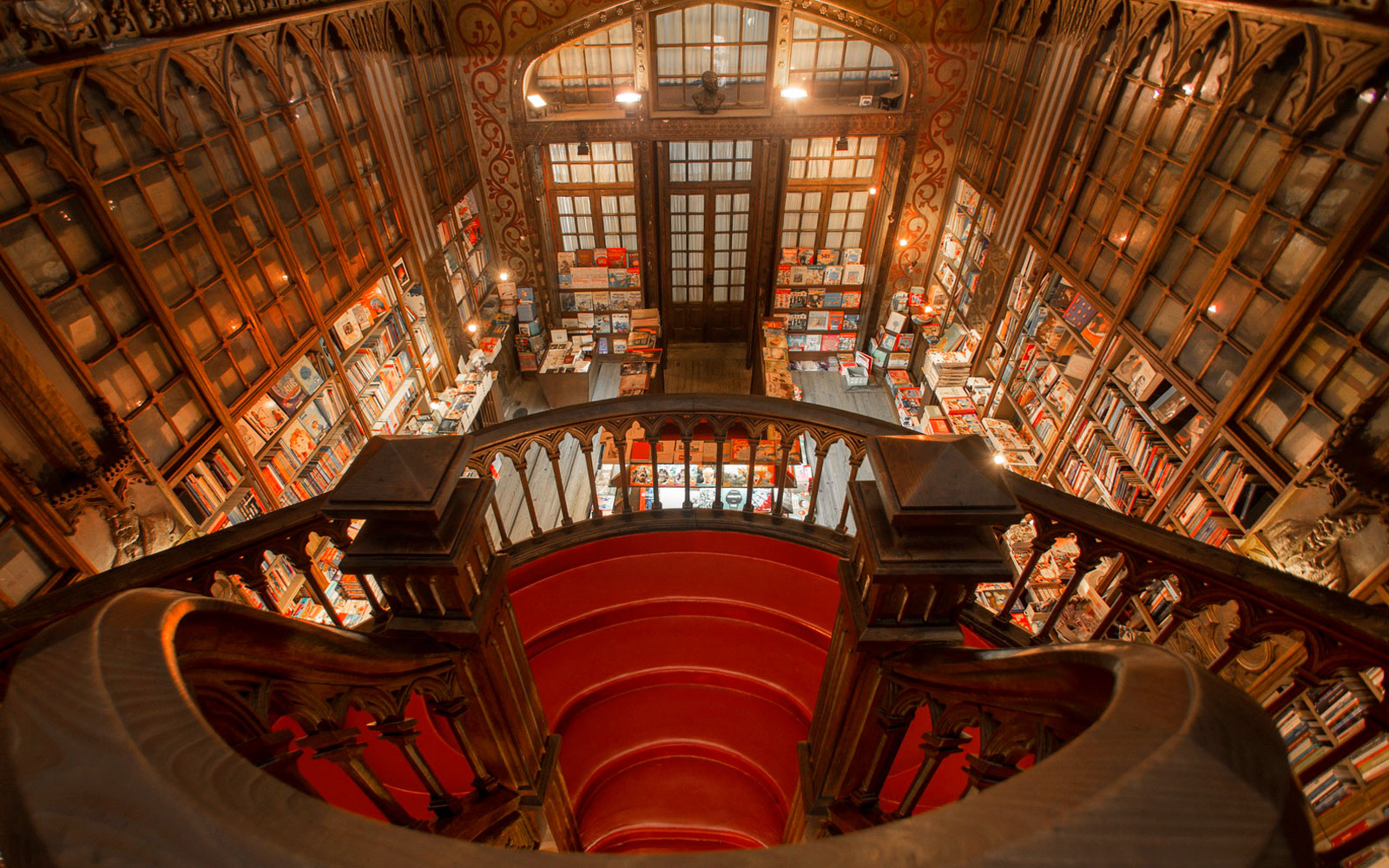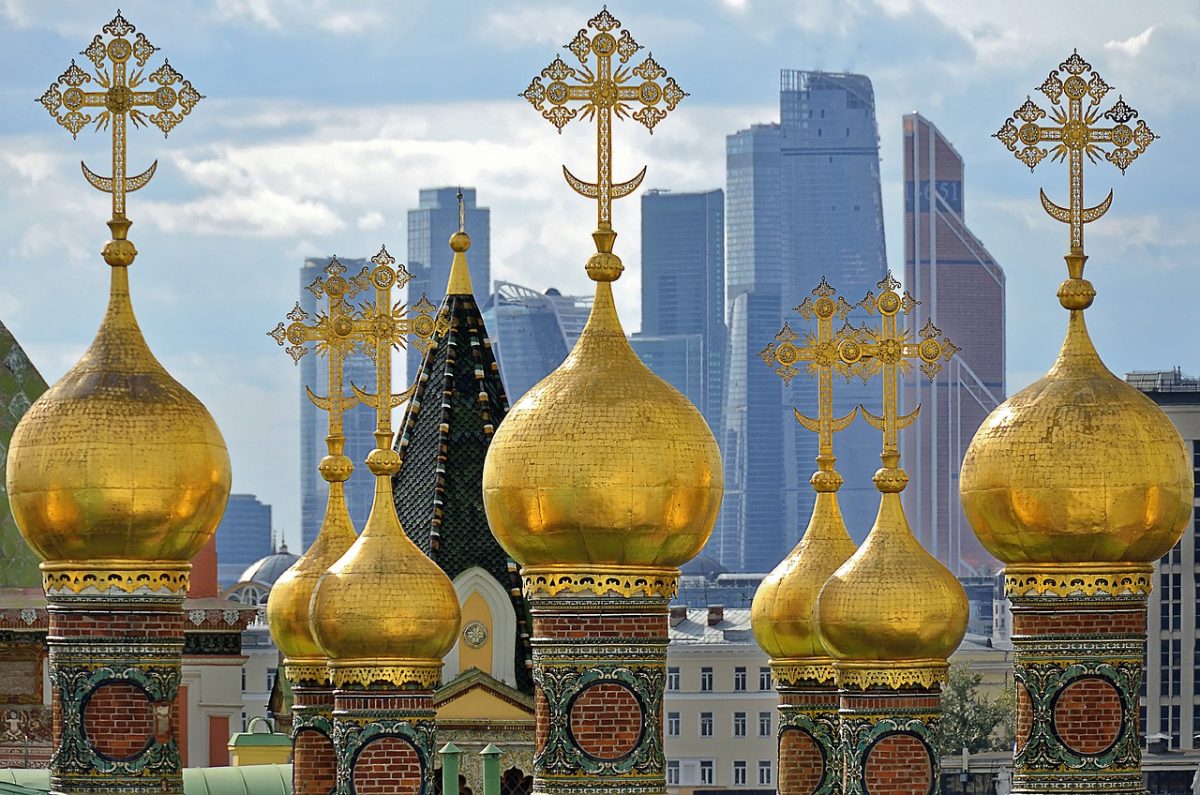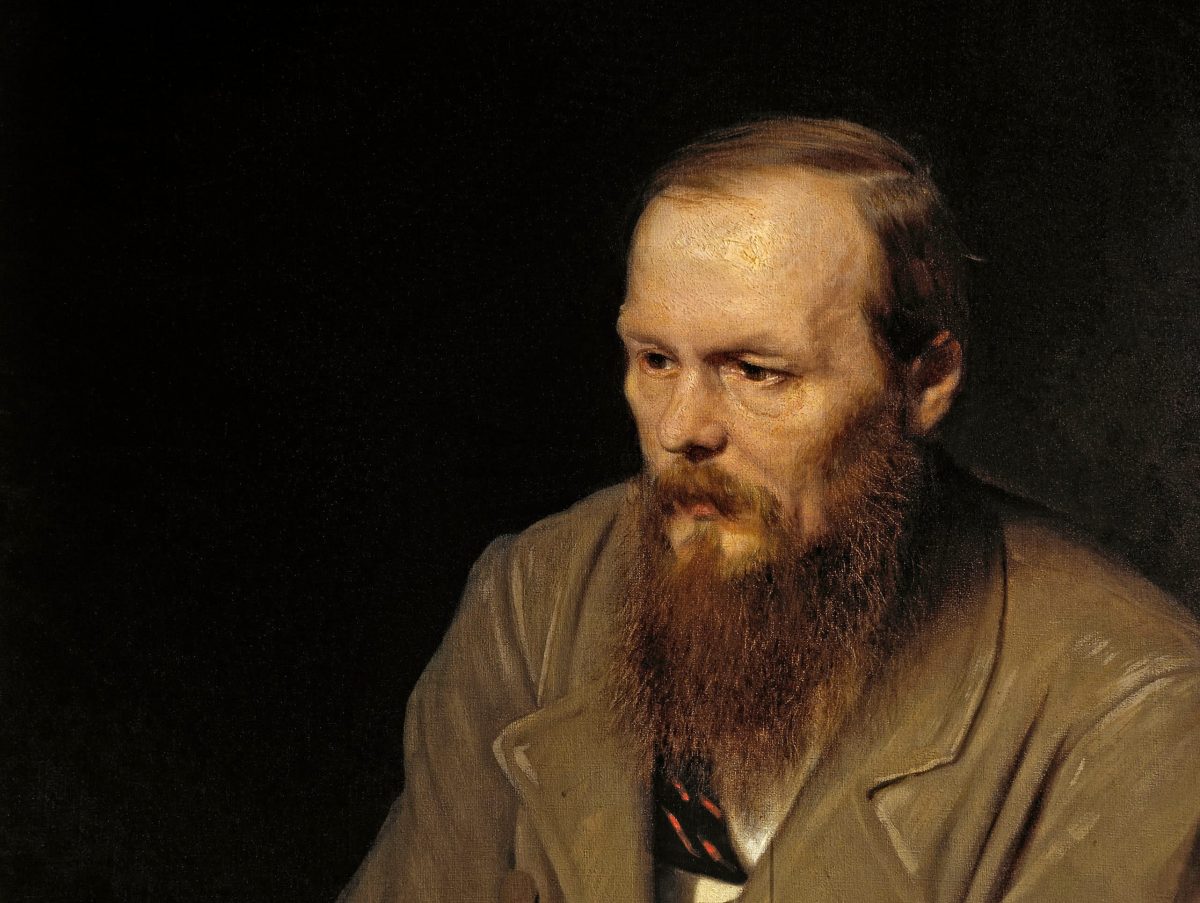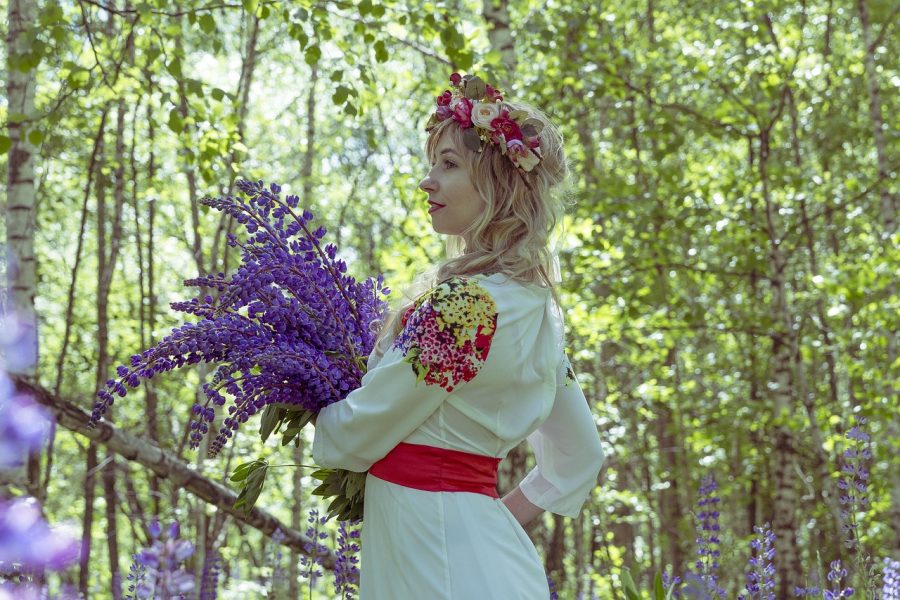Porto, the “Cidade Invicta”, with its austere and simple beauty, is beginning to dazzle the world and enchant more and more tourists who visit the capital in the north of Portugal. In recent years, it has received a succession of awards. The city is more beautiful, many buildings have been restored or are being restored, and tourists are arriving in great numbers. And Porto’s monuments also deserve to be highlighted.
There are several monuments in Porto that are icons of the city. The Clérigos Tower is one of the most famous. Still, the Lello Bookshop, the São Bento Station, and the Luís I Bridge are also easily identifiable with Porto. Nicolau Nasoni contributed a lot to some of these monuments, giving personality and character to the city.
Also, highlight its many churches covered with beautiful tiled façades that are a hit on social media. These are some of Porto’s most iconic, famous, and beautiful monuments.
1. Clérigos Tower

This elaborate work, designed by Nicolau Nasoni, was built in the first half of the 18th century. It is one of the city’s most emblematic monuments, with a panoramic view of Porto and the Douro River from the top of the Tower. It is well worth the effort of climbing the 240 steps staircase.
Taking advantage of some renovation and reconversion works of one of the most prestigious buildings of Porto, a multi-sensorial perception station was installed, which simulates the sensation of climbing the Torre dos Clérigos, making the experience accessible to all visitors. In the Clerigos building, you will find some of the Brotherhood Collection and the Christus Collection, which allow you to take a journey through time and appreciate how art and religion complement each other.
2. Bolsa Palace

If there is one obligatory stop, this is it. In the neoclassical style, the Stock Exchange Palace was built in the second half of the 19th century to be the headquarters of the Porto Trade Association. In 1841, the building became the Trade Exchange by order of Queen Maria II but was returned to the Association in 1911.
Inside, you can visit the Nations Patio and the magnificent Arabian Hall, inspired by the Moorish style, a space with a tremendous decorative richness, created by Gonçalves e Sousa in 1862. Some official acts of the Portuguese government used to take place here, but today it is used more for cultural events.
3. São Bento Railway Station
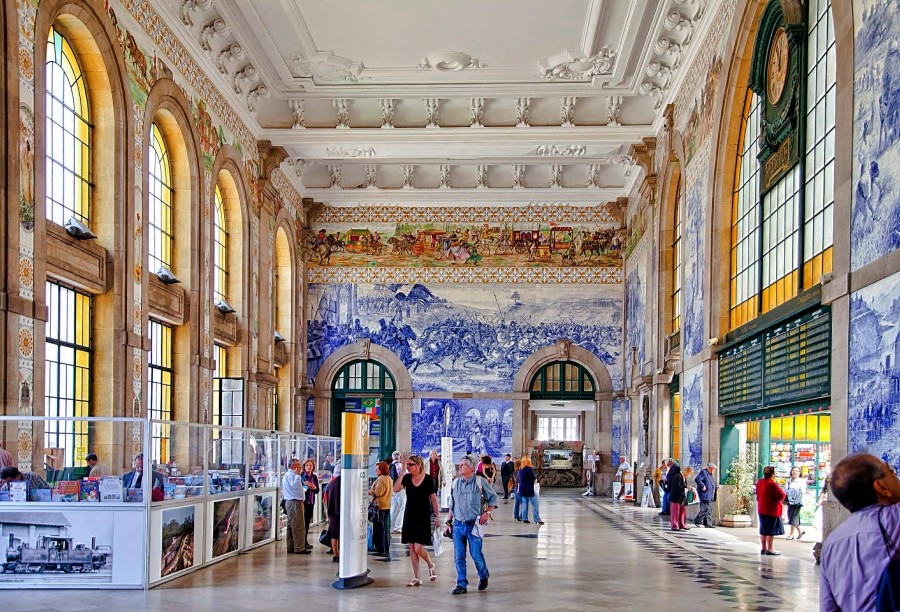
This station served mainly the Douro railway line. It was built on the site of the convent of São Bento da Avé-Maria, which was completely demolished to make way for the new building. In August 1915, tiles were laid in the station’s station gare, with a total surface area of 551 m² decorated with these beautiful panels.
Each panel represents a scene from national history. You can find sets such as the triumphal entry of D. João I and his marriage to D. Filipa de Lencastre, in Porto, in 1386, the conquest of Ceuta in 1415, and the tournament of Arcos de Valdevez in 1140. It is one of the most beautiful train stations in Portugal.
4. Church of Congregados
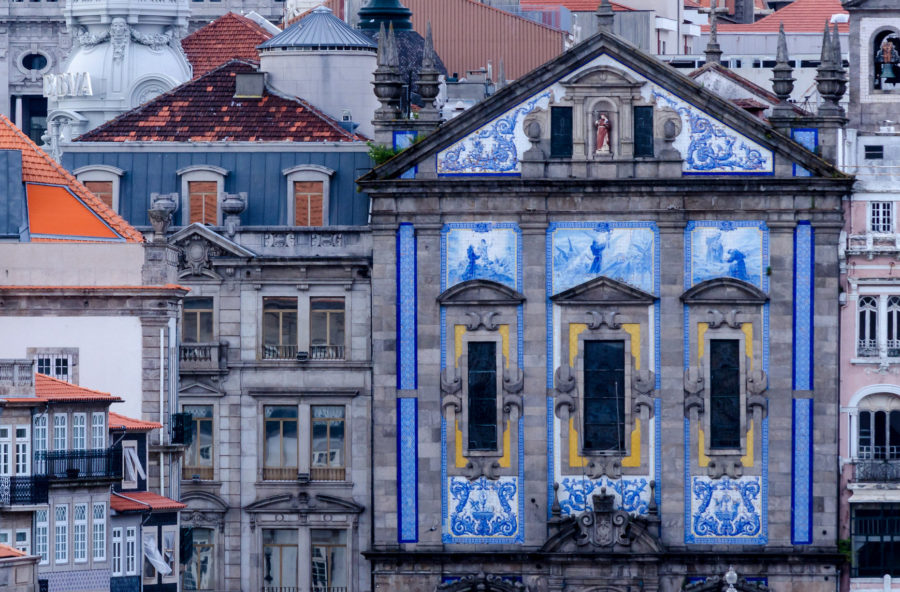
This church dates from 1680 and is located in Almeida Garrett Square. It has a 17th-century baroque-style frontage, and the windows are lined with modern tiles depicting scenes from the life of St. Anthony.
The stained glass windows of the church are from this century, and the decoration of the interior of the chancel is made up of panels representing scenes from the life of St. Anthony. The panel of the Assumption of the Virgin and the panel of the Holy Family stands out.
5. Episcopal Palace
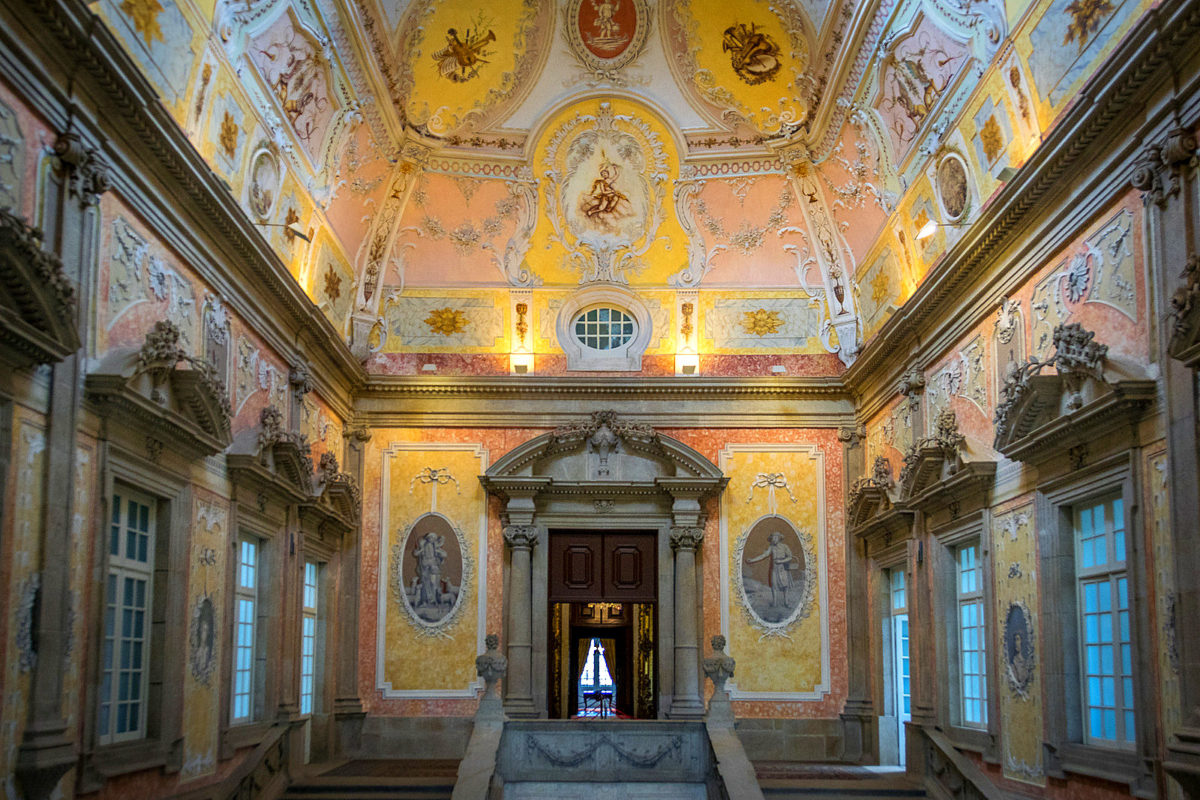
This Episcopal residence began being built in the 18th century. It ended in the 19th century, with a history marked by remodeling, construction, and reconstruction. In 1734, Nicolau Nasoni was contracted to carry out the Paço’s remodeling project, overseeing the works until 1737. It seems to be of his authorship the magnificent granite staircase that leads to the noble halls of the building.
The works in the Paço were only finished in 1871, and this delay contributed a lot to the fact that the Paço hosted a battery of defense of the city during the siege of Porto between 1832 and 1833. As a result, the Paço was the target of some bombardments, with severe damage being caused to the building.
6. Lello Bookstore
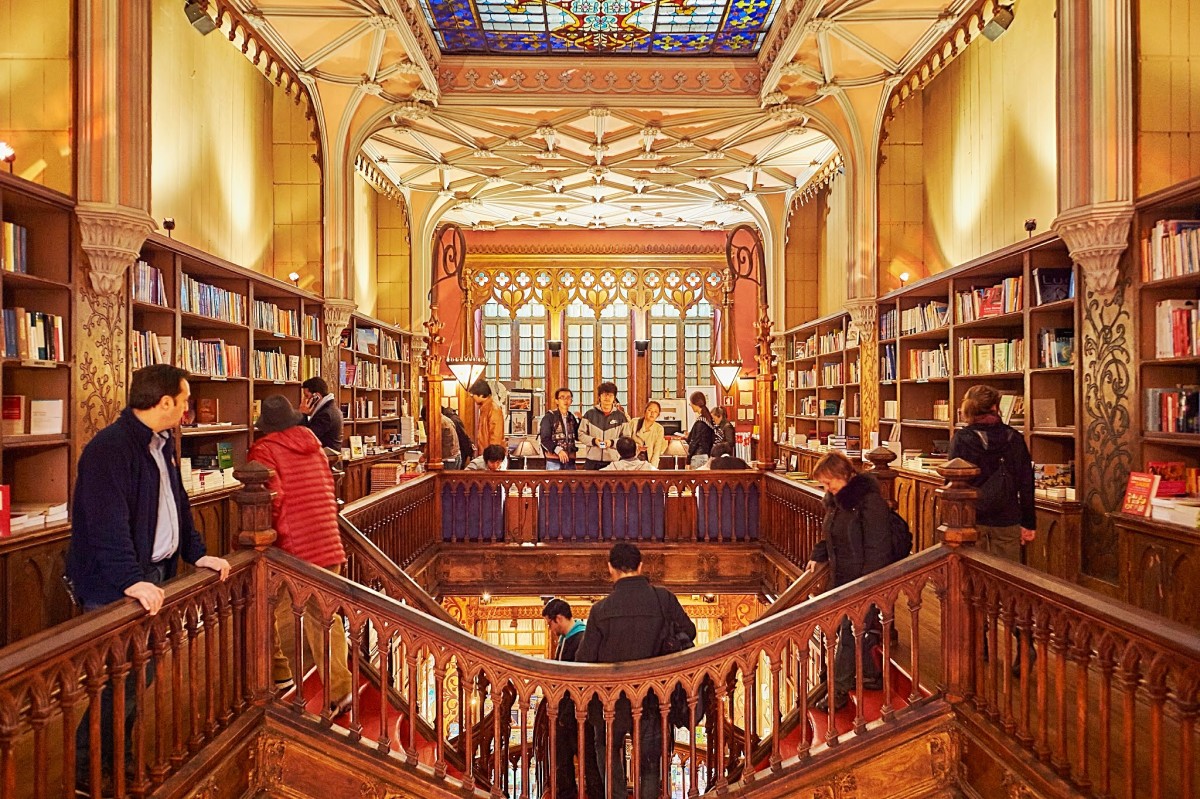
The façade of Livraria Lello is unmistakable. The Neo-Gothic style is impressive in its own right. Still, it disputes the protagonism with the two figures flank it: a pair of paintings by Professor José Bielman, which symbolize art and science. Inside the bookshop, we find a set of bas-reliefs representing the founders, José Lello and António Lello.
Along the room, we find the busts of some of the most important Portuguese writers, such as Eça de Queirós, Camilo Castelo Branco, Antero de Quental, Tomás Ribeiro, Teófilo Braga, and Guerra Junqueiro. However, all these figures have the unenviable task of competing for attention with the famous crimson staircase.
7. Chapel of Souls

It is situated in the heart of downtown Porto, on the corner of Rua Santa Catarina and Rua Fernandes Tomás. The construction dates from the beginning of the eighteenth century, highlighting the simplicity of its lines. The tiles on the exterior of the building date back to the 20th century, more specifically to 1929, representing the life of St. Francis of Assisi and St. Catherine, who are worshipped in the chapel.
The main altar and the altars of the nave are in neoclassical style. They are dedicated to Saint John, Our Lady of the Conception, Our Lady of Fatima, the Sacred Heart of Jesus, and Our Lady of Sorrows.
8. Church of Saint Ildefonso
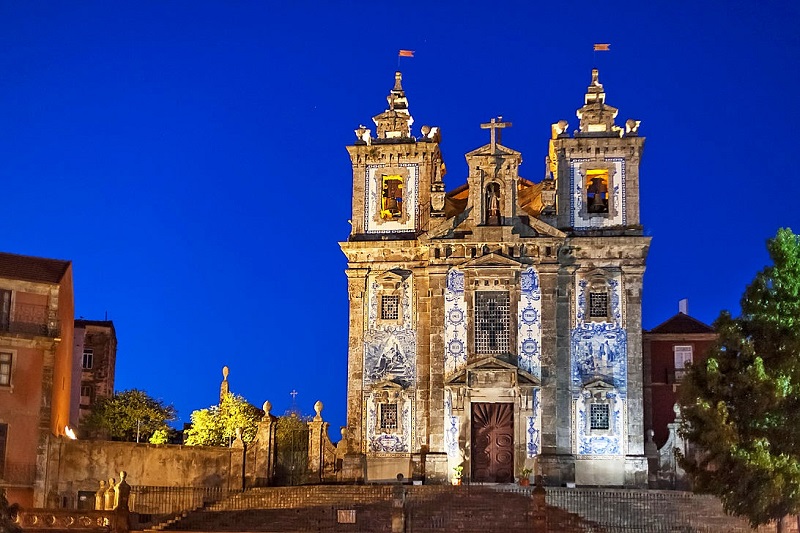
There are no known previous buildings to the current church. Still, we only know that there was a chapel in the 12th century, which bishop D. Pedro Pifões consecrated. Pedro Pifões. From this hermitage, the Church of Santo Ildefonso was born in the 30s of the 18th century. The façade, preceded by a staircase with considerable dimensions, has a baroque typology, which denounces great austerity.
The tile covering, by Jorge Colaço, dates from the twentieth century, namely 1932, presenting figurative panels representing scenes from the life of St. Ildefonso and allegories to the Eucharist.
9. Freixo Palace

The Freixo Palace was built in the mid-18th century and is one of the most remarkable Portuguese baroque civil monuments designed by Nicolau Nasoni. The building is square in plan, with four turrets protruding at each angle, covered by pyramidal roofs.
The palace’s interior is vibrant, with most of the rooms featuring frescoes, well-executed stucco ceilings, and illusory paintings with allegorical themes (with most of these being executed by Nasoni himself). In addition, the garden was designed in the Italian tradition, featuring sculptures and a magnificent view of the river.
10. Church of Lapa

An initial chapel of small dimensions was built on the hill of Germalde in January 1755, where the image of Our Lady of Lapa was kept. As many penitents came here, it was renamed chapel of Nossa Senhora da Lapa das Confissões.
Over time, the building grew, and today the church is unique in that it houses the heart of Pedro I, Emperor of Brazil. He donated it to the people of Oporto as a token of his gratitude and affection.
11. Church of Santa Clara

Dating from the 18th century, this is an excellent example of the Baroque style characteristic of northern Portugal, especially the gilded carved woodwork by Miguel Francisco da Silva.
The church belonged to the convent founded in 1416 by King João I, of which few vestiges remain. The Mannerist cloister, the dormitories, the entrance hall, and the two choirs were built later. The cycle of transformation of the church that predominates today began in 1729.
12. D. Luís Bridge

It has the official name of Luiz I, is one of the city’s ex-libris, and has been included in the area classified as World Heritage by UNESCO since 1996. On 21 November 1881, the contract was awarded to the Société Willebreck de Bruxelles, whose administrator and author of the project, Théophile Seyrig, was a disciple of Gustave Eiffel.
It was a toll bridge (of 5 réis per person), a toll instituted one day after the opening of the upper deck on 1 November 1886 and which only stopped being charged on 1 January 1944, i.e., almost 58 years later.
13. Carmelitas Church

Those who see it from the outside don’t realize that they are in the presence of one of the most beautiful churches in our country. Its splendor is only revealed in a pure baroque style when you go inside.
The church has three richly decorated chapels with a white ceiling and Baroque-style architectural elements. The roof offers a unique luminosity to the church, which is also helped by the large windows, which let the outside light through.
14. Carmo Church

Also called Igreja da Venerável Ordem Terceira de Nossa Senhora do Carmo, this church is located at the crossroads between the Carlos Alberto square and the Carmo street, very close to the Clérigos Church and Tower. The church, of baroque/rococo style, was built in the second half of the 18th century, between 1756 and 1768, by the Third Order of Carmo, with a project by José Figueiredo Seixas.
Its greatest attraction is the gilded carvings, especially on the high altar, with Jesus Christ crucified at the center and on either side Stª Ana and Nossa Senhora do Carmo. In addition, the side façade of the church is covered with a large panel of tiles, with scenes alluding to the foundation of the Carmelite Order and Mount Carmel.
15. Porto Cathedral
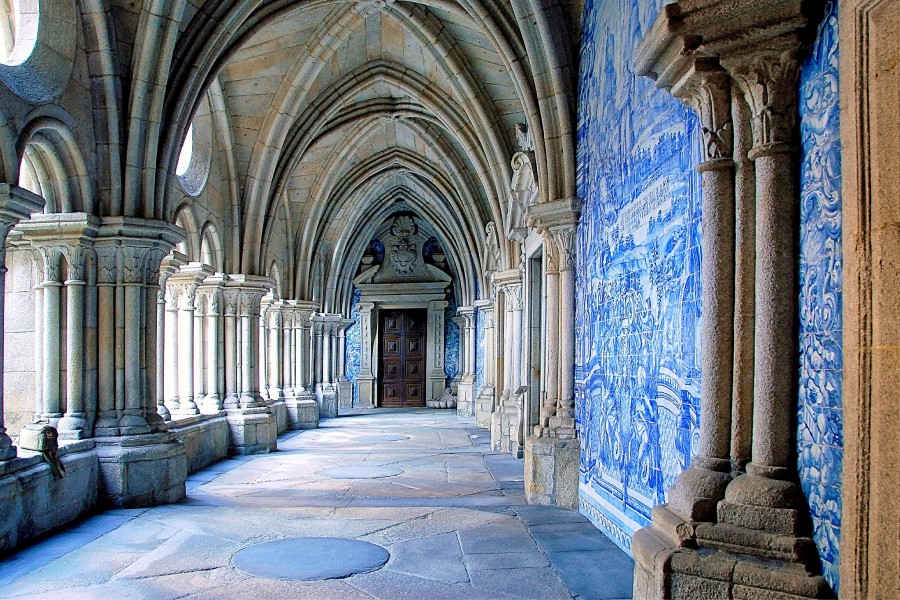
It is situated on top of Pena Ventosa hill. It has a very ancient foundation, although nothing remains from the time before the foundation of Portugal. The first news about this See dates back to the 6th century, in 589, the year of the III Council of Toledo, in which D. Constâncio, bishop of the Church of Portucalense, was present. In the 8th century, the Muslims conquered Porto, and the Cathedral was destroyed, moving the bishops to Oviedo and other dioceses in the north of the Peninsula.
When the city was reconquered for Christian arms, the Cathedral was rebuilt. After a period when several canons-archdeacons were in charge of governing the diocese, the French bishop Dom Hugo was elected there in 1114. Hugo received large donations from Teresa and D. (Afonso Henriques’ mother and wife). He proceeded to rebuild the Cathedral during the 21st century.
